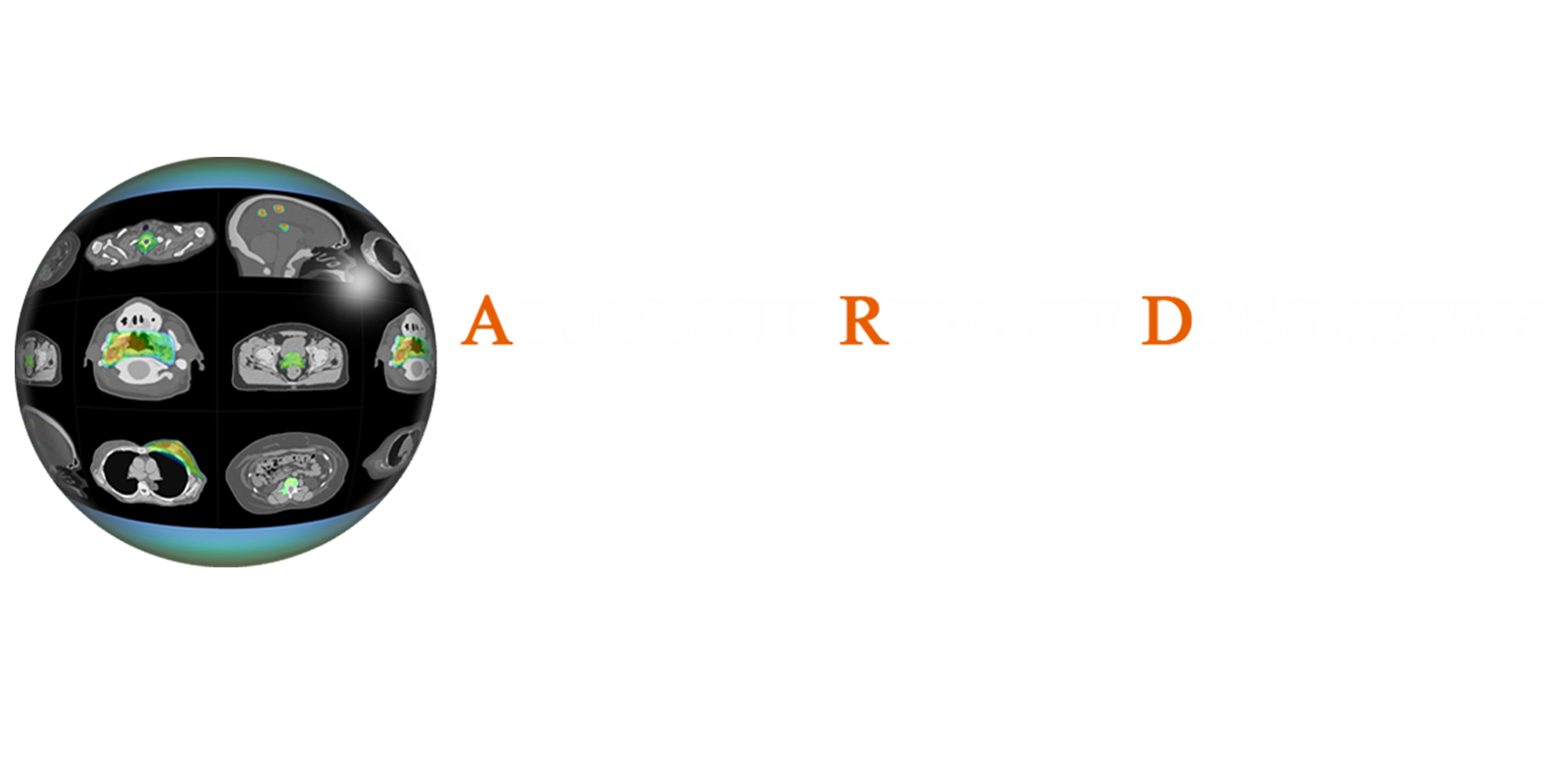Breast Cancer
Facts About Breast Cancer
Breast cancer is the most common type of cancer in American women, according to the American Cancer Society.
- This year nearly 213,000 women and 1,700 men will learn they have breast cancer.
- Another 62,000 women will learn they have noninvasive (also called in situ) breast cancer.
- Nearly 41,000 women and 500 men will die from breast cancer this year.
- Breast cancer can often be cured. About 80 percent of all patients with breast cancer are free of the disease 10 years after their diagnosis.
Risk Factors for Breast Cancer
Many women who develop breast cancer do not have known risk factors. Patient qualities that may increase the risk of developing the disease include:
- Age is the biggest risk factor. More than 75 percent of women diagnosed with breast cancer are over age 50.
- Family history of breast cancer in your mother or sister.
- Early onset of periods.
- Having children later in life, or not at all.
- Hormone replacement therapy with estrogen and progesterone.
Being physically active, keeping a healthy weight, breast feeding and limiting alcohol intake may lower your risk for developing breast cancer.
Diagnosing Breast Cancer
Many breast tumors are found by a breast X-ray study called a mammogram. At age 40, women should begin having regular mammograms. If you have a family history of the disease or other risk factors, ask your healthcare provider about earlier screening.
- If you notice a lump in the breast or underarm, have it checked by a doctor. Breast swelling, skin discoloration, dimpling of the skin or nipple discharge should also be checked.
- In addition to a mammogram, your doctor may also recommend ultrasound or MRI scans.
- In some cases, a biopsy to see if you have breast cancer will be done if your mammogram is abnormal or you have a lump. Sometimes a small needle will be used to remove tissue from the lump and look at it under a microscope. Somtimes it is better to have a surgeon remove the entire lump to be sure about the diagnosis.
Treating Breast Cancer
The main treatment for breast cancer is surgery. This is often followed by radiation therapy. Some patients will also need chemotherapy and/or hormone blocking therapy.
- Breast conserving surgery is surgical removal of only the cancerous tissue. This operation is called a lumpectomy and is usually followed by radiation.
- Mastectomy is surgical removal of the breast.
- Both surgeries may be done in combination with tests that check the lymph nodes near the breast for cancer. Radiation therapy involves a radiation oncologist delivering radiation to the breast to destroy cancer cells.
- Radiation therapy works within cancer cells to make them unable to multiply. When these cells die, the body naturally eliminates them. Healthy tissue is able to repair itself in a way cancer cells cannot.
- Chemotherapy is medication prescribed by a medical oncologist to destroy cancer cells that may have traveled elsewhere in the body.
- Hormonal therapy is medication prescribed by a medical oncologist to block the effects of hormones that may be helping your tumor grow.
External Beam Radiation Therapy
Painless radiation treatments are delivered in a series of sessions Monday through Friday, for five to eight weeks. Each treatment lasts less than 30 minutes.
- The usual course of radiation treats only the breast, although you may need to have nearby lymph node areas treated also.
- 3-dimensional conformal radiotherapy (3D-CRT) combines multiple radiation treatment fields to deliver very precise doses of radiation to the breast and spare surrounding normal tissue.
- Intensity modulated radiation therapy, or IMRT, is a specialized form of 3D-CRT that allows radiation to be more exactly shaped to fit the tumor. With IMRT, the radiation beam can be broken up into many “beamlets,” and the intensity of each beamlet can be adjusted individually. Using IMRT, it may be possible to further limit the amount of radiation that is received by healthy tissue near the tumor. In some situations, this may also allow a higher dose of radiation to be delivered to the tumor, potentially increasing the chance of a cure.
Side effects can include fatigue, skin irritation similar to a moderate sunburn, and mild to moderate breast swelling. These changes are temporary and can be treated by skin creams and/or medications. Tell your radiation oncologist or nurse about any discomfort you may feel.
Accelerated Partial Breast Irradiation
External beam radiation therapy over several weeks is the standard of care. In national clinical trials, doctors are studying if accelerated partial breast irradiation (or APBI) — where radiation is delivered to only part of the breast over four to five days — works as well. These techniques are only available in a few clinics and then only to a select group of patients.
- Breast brachytherapy involves placing flexible plastic tubes called catheters or a balloon into the breast. Twice a day for five days, the catheters or the balloon are connected to a brachytherapy machine, also called a high dose rate afterloader. Your radiation oncologist then directs a special computer to guide a small, radioactive seed into the breast tissue near where the tumor was removed. The radiation is left in place for several minutes. After the end of the five days, the catheters or balloon are removed. An example would be MammoSite® Radiation Therapy System (RTS).
- 3-D conformal partial breast irradiation is where only part of the breast receives external beam radiation.
- Intra-operative radiation therapy (IORT) involves doctors delivering radiation to the breast during surgery.
The long-term results of these techniques are still being studied. Talk with your radiation oncologist for more information.
After Mastectomy Radiation
After a mastectomy, your doctor may suggest radiation therapy for the chest wall and nearby lymph node areas.
- Whether or not radiation therapy should be used after removal of the breast depends on several factors. These factors include the number of lymph nodes involved, tumor size, and whether or not cancer cells were found near the edge of the tissue that was removed.
Many patients who have a mastectomy can safely skip radiation therapy. Ask your doctor for more information.
Material on this site is informational only and should not be used in place of advice from a medical professional. If you have questions about a specific treatment, please ask your radiation oncologist.







